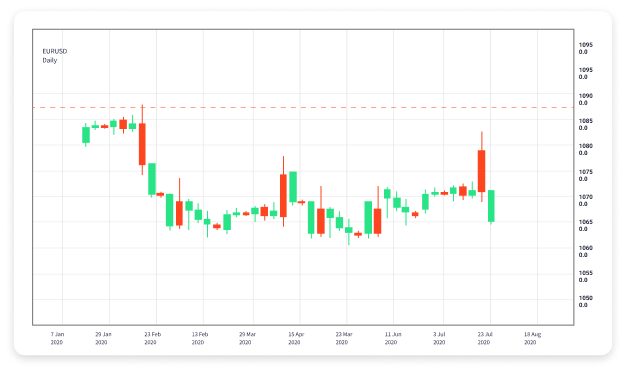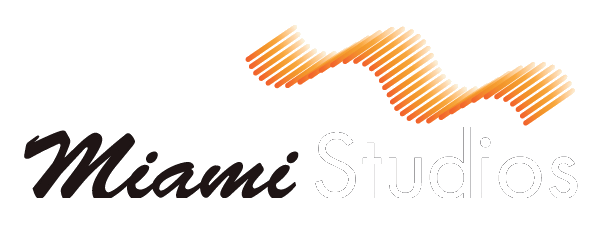Understanding Forex Trading Accounts A Comprehensive Guide 1642805375

Understanding Forex Trading Accounts: A Comprehensive Guide
When it comes to engaging in Forex trading, having a solid foundation is crucial. One of the most important aspects to consider is your forex trading account Trading Brokers account. This article explores the different types of Forex trading accounts, their features, and how they can impact your trading success.
What is a Forex Trading Account?
A Forex trading account is a platform that allows traders to buy and sell currencies. It functions through a broker who facilitates these transactions on the trader’s behalf. Forex accounts can differ in terms of their features, minimum balances, leverage options, and spreads. Understanding these differences is essential for effective trading.
Types of Forex Trading Accounts
There are several types of Forex trading accounts, each designed to suit different levels of trading experience and investment goals:
1. Demo Account
A demo account is an excellent way for beginners to practice Forex trading without risking real money. It provides virtual funds to simulate real market conditions. Traders can familiarize themselves with the trading platform and develop strategies without financial pressure.
2. Standard Account
The standard account is the most common type among Forex traders. It usually requires a minimum deposit, which can vary by broker. This account typically allows larger transaction sizes, enabling traders to trade in standard lots (100,000 units of currency).
3. Mini Account
The mini account caters to those who wish to trade smaller lots. With a minimum deposit requirement that is lower than that of a standard account, mini accounts allow traders to trade in mini lots (10,000 units). This option is ideal for beginner traders who want to minimize risk while gaining experience.
4. Micro Account

Micro accounts take the concept of smaller trading sizes even further, permitting trading in micro lots (1,000 units of currency). These accounts typically require the lowest minimum deposit, making them accessible to novice traders or those testing new strategies.
5. ECN Account
An Electronic Communication Network (ECN) account connects traders directly with market liquidity providers, resulting in tighter spreads. These accounts are tailored for more experienced traders and often charge a commission per trade instead of markup spreads.
Key Features of Forex Trading Accounts
When choosing a Forex trading account, it’s essential to consider various features. Here are some key aspects to look for:
1. Leverage
Leverage allows traders to control a larger position with a smaller amount of capital. It can amplify both gains and losses, making it a double-edged sword. Understanding how to use leverage responsibly is critical for any trader.
2. Spreads
The spread is the difference between the buying and selling prices of a currency pair. Accounts with tight spreads can enhance profitability, especially in high-frequency trading scenarios. Different types of accounts may offer various spreads, so it’s important to consider this factor when choosing an account.
3. Minimum Deposit
The required minimum deposit varies from broker to broker and account type. Understanding the financial commitment can help you choose an account that aligns with your budget and trading goals.
4. Trading Platform
The trading platform offered by the broker can significantly impact your overall trading experience. Popular platforms like MetaTrader 4 and 5 provide various tools for analysis and automation, enhancing the trading process.

How to Choose the Right Forex Trading Account
Choosing the right Forex trading account depends on your trading style, experience level, and financial goals:
1. Assess Your Trading Style
Are you a day trader, swing trader, or long-term investor? Your style will determine the most suitable account type. Day traders may require accounts with lower spreads and faster execution times, while swing traders might prioritize other features.
2. Consider Your Experience Level
If you’re just starting, a demo or micro account might be the best option for you. As you gain experience and confidence, you might consider moving to a mini or standard account.
3. Analyze the Costs
Don’t forget to account for fees, spreads, and commissions. Understanding the total cost of trading in different accounts will provide insight into what might be the most cost-effective option for you.
4. Look for Regulatory Compliance
Always make sure your broker is regulated by a reputable authority. This can provide a layer of security and reassure you that your funds are protected.
5. Read Reviews
Researching how other traders have fared with specific brokers can provide valuable insights into their reliability and practices. Online forums, review sites, and social media channels are great platforms to find user experiences.
Conclusion
Understanding the different types of Forex trading accounts and their features is essential for any trader. With the right knowledge and preparation, you can choose the account that best meets your trading needs, setting the stage for a successful trading journey. Remember that while trading can be rewarding, it also carries risks, so always trade responsibly. Happy trading!




